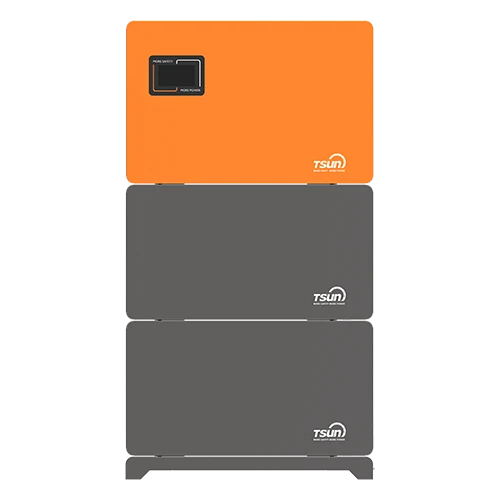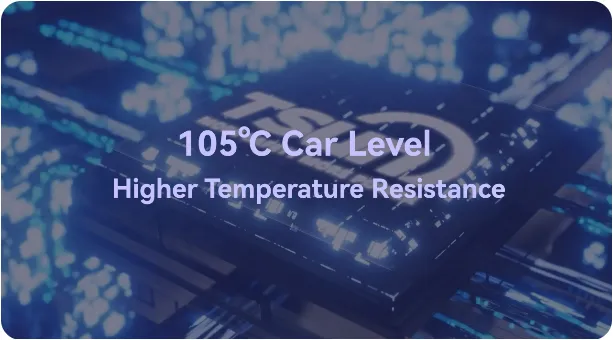When comparing microinverters and string inverters, it's important to delve into the nuanced technicalities and practical applications each system offers, providing a well-rounded understanding that is crucial to making an informed decision.

Microinverters are a relatively recent innovation in solar power technology, known for their ability to optimize power output at the individual solar panel level. Each panel is equipped with its own microinverter, allowing for independent operation and efficiency maximization even when other panels are underperforming due to shading, debris, or misalignment. This is particularly advantageous in residential settings where shading from trees, chimneys, or varying roof angles might affect panel output. For instance, real-world case studies highlight scenarios where households have witnessed up to a 20% increase in energy yield after switching from a string inverter system to microinverters, attributed to their ability to localize and enhance power capture.
However,
the initial cost of microinverters is typically higher compared to string inverters, due to the requirement of one inverter per panel. Despite this, the modular nature of microinverters offers a longevity advantage, as failure in one unit does not incapacitate the entire system, thus potentially reducing maintenance costs over time.

On the other hand, string inverters are more traditional, centralized devices that manage the output of a series of solar panels grouped together in a string. One of the primary appeals of string inverters is their cost-effectiveness, particularly for large-scale installations where panels are consistently exposed to optimal sunlight conditions. This makes them an excellent choice for commercial properties or solar farms where uniform panel conditions can be maintained.
However, string inverters may present efficiency challenges in conditions where even a single panel's performance is compromised, as it can lead to a drop in the entire string's output. This drawback can be somewhat mitigated by employing technologies like Maximum Power Point Tracking (MPPT) to improve efficiency, though it's not entirely foolproof.
difference between microinverters and string inverter
Professionals in the solar industry often recommend evaluating site-specific conditions and objectives before choosing between these inverter types. For instance, if a residential solar array experiences varied environmental conditions, microinverters might offer superior performance and ROI over the longer term. Conversely, in scenarios where cost-saving and expansive, unobstructed installations are possible, string inverters might be the more prudent choice.
From the expertise perspective, solar energy consultants emphasize the performance enhancements microinverters bring, particularly in installations with space or shading limitations. Their solid track record in enhancing PV system reliability and elevating energy capture ratios make them a worthy investment, despite the higher upfront costs. On the authority front, leading solar manufacturers have started innovating hybrid systems combining the benefits of both inverter types, indicating industry validation of microinverters as effective solutions for efficiency maximization.
Trust in inverter selection also leans heavily on warranty offers. Typically, microinverters come with longer warranty durations, often up to 25 years, reflecting their robustness and technological advancement. String inverters, while generally having lower warranties, are trusted by legacy customers for their simplicity and lower integration barriers.
In conclusion, neither microinverters nor string inverters are intrinsically superior; rather, their effectiveness is largely determined by the specific installation context, environmental conditions, and economic considerations of the user. An informed choice necessitates a thorough analysis of these factors, leveraging industry expertise and rigorously examining site data to optimize solar investments effectively.
 LEARN DETAILS
LEARN DETAILS



